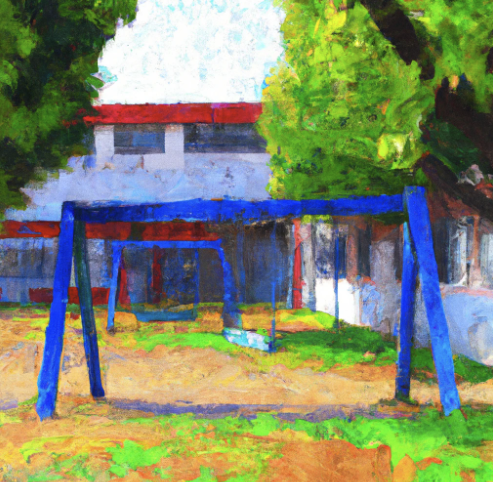The construction of a school playground is an essential task for any educational institution. An excellently designed school playground contributes immensely to a child’s school experience, as it encourages physical, social, emotional, and cognitive development. This guide will navigate you through designing and building an engaging school playground that promotes fun and developmental growth within a secure and inclusive environment.
Step 1: The Importance of Inclusive Planning in Building a School Playground
The journey to an ideal school playground begins with inclusive planning. This step involves putting together a diverse committee including teachers, parents, school administrators, students, and, if feasible, a school playground design professional. By doing this, you ensure that all perspectives and needs are considered in creating a school playground that everyone can enjoy. Including students in the planning stage is crucial as their feedback provides real-world insights into what they need in a school playground.
Step 2: Assessing the Needs for a School Playground
The next step in creating your school playground is assessing the specific needs of your students. As different age groups have varying play requirements, it is essential to design separate areas within the school playground for PreK-3, 4-5, and 6-12 grades. Simpler structures cater to the younger children’s basic motor skills development, while older students benefit from more complex structures that enhance their physical strength and coordination.
Step 3: Safety Considerations for a School Playground
Safety is paramount in the design and construction of any school playground. It is vital to ensure all equipment aligns with the U.S. Consumer Product Safety Commission’s (CPSC) guidelines for school playground safety. These guidelines stipulate the safe positioning of equipment, the use of safe surfaces, and routine inspection and maintenance schedules.
Step 4: Accessible Design for a School Playground
An ideal school playground should be accessible to all students, including those with disabilities. By incorporating the principles of universal design, you can create a school playground where all children, regardless of their abilities, can play together. Consider including ramps for play structures, ground-level play features, and wide paths for wheelchair access in your school playground design.
Step 5: The Play Value of a School Playground
Play value is a key factor in designing a school playground. A high play value school playground provides diverse opportunities for fun and development, such as slides for physical activity, sand and water areas for sensory play, and open spaces for social interaction. It is also crucial to include quiet spaces where children can unwind and recharge within the school playground.
Step 6: Incorporating Nature in a School Playground
Incorporating natural elements into a school playground has been shown to enhance creativity, alleviate stress, and foster a connection with the environment. Therefore, it is beneficial to include natural elements such as trees for shade, gardens for exploration, and natural materials like wood and stone in your school playground.
Step 7: Engaging the Community in Building a School Playground
Involve the community in building your school playground. A community build day not only reduces costs but also encourages a sense of ownership and community pride in the school playground.
Step 8: Maintenance and Upkeep of a School Playground
Finally, it’s essential to design your school playground with maintenance in mind. Choose durable, high-quality materials that can withstand the test of time and heavy use. Regular inspections and upkeep are vital to ensure the school playground remains a safe and enjoyable space for many years to come.
In conclusion, a well-planned school playground is a priceless investment in our children’s education and development. By incorporating safety, accessibility, inclusivity, and high play value into your school playground, private schools can ensure they are offering a space where every student can thrive.

